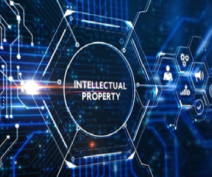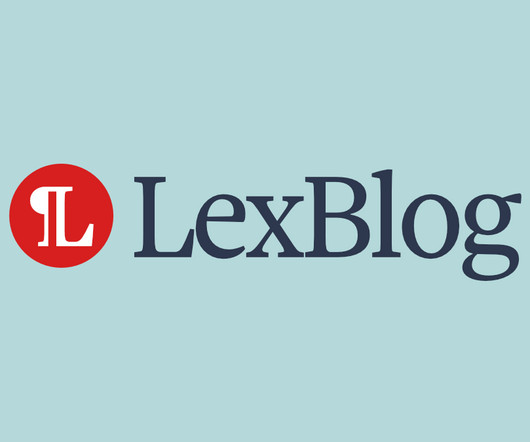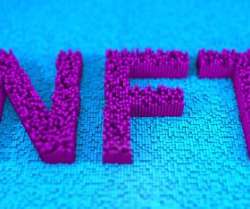Analyzing relationship between Contemporary art and Intellectual Property Rights
IIPRD
NOVEMBER 1, 2023
The number of artworks bought and sold throughout the world increased to almost 40 million in 2018 from around 39 million the year before, providing further evidence of this trend. Image Sources: Shutterstock] Protecting such outstanding works of art and property through the use of intellectual property law is undeniably a sound strategy.













Let's personalize your content